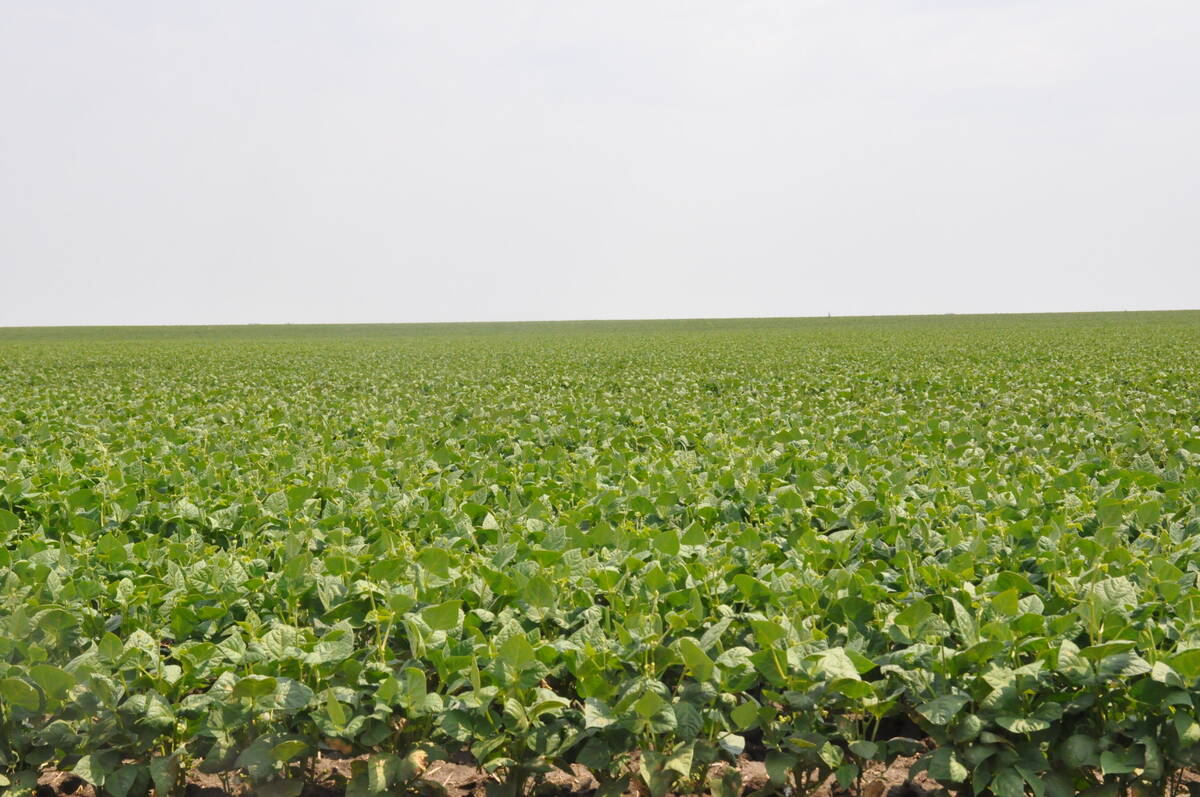Australian farmers are praying for another June 11.
That was the day when widespread and heavy rain saved the 2005 crop from drought disaster.
The country had suffered through years of drought and many were on the point of writing off the newly seeded crop. But nature was kind and Australia wound up producing a wheat crop of 25 million tonnes, the second largest on record.
Timely rain saved that crop, but it was only a break from the drought which retightened its grip and savaged the following crop, slashing it to 10.5 million tonnes.
Read Also

Coloured bean production down, whites are up
Bean prices have been slumping and the outlook is for more of the same.
Since last year’s harvest, there has been little respite and the situation is becoming desperate.
Last week, prime minister John Howard said the country faces an “unprecedentedly dangerous” drought. The government is drafting plans to stop allocations from the country’s main river system, the Murray-Darling, for irrigation. Only heavy and widespread rain by mid-May will stop the plan.
Such restrictions would be punishing news for the grape, horticulture and dairy industries.
Wheat, canola and pulses are dryland crops and they are normally seeded in May.
The El Nino blamed for causing the drought has ended and there is a trend toward a La Nina that normally delivers good rainfall to Australia’s agricultural zones in the south. However, this trend has not yet delivered a significant break in the drought.
All global grain supply and demand outlooks this year are based on a return to normal production in Australia. If that doesn’t happen, there will be another upward push on grain prices.
Oilseed prices will also be supported. Last week China said its canola/rapeseed harvest will be down 40 percent from last year, raising the possibility that imports could rise by about 250,000 tonnes. If Australia is again out of the game in 2007-08, the field will be left to Canada.
On the other side of the globe, concerns are also rising about dry soil. A heat wave enveloped northern Europe last weekend with temperatures hitting 30 C. The situation is not serious yet and showers were in the forecast for this week, but more rain is need to carry the crop to maturity.














